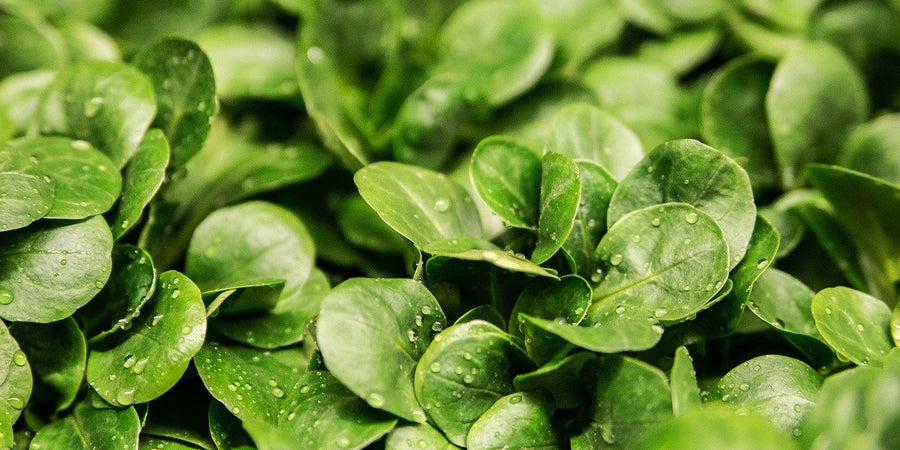How To Grow Lettuce

Lettuce are one the easiest and most rewarding of vegetables to grow. With its fast growing habit together as well as adapting in any garden situation from growing on kitchen windowsill to small containers is even more rewarding.
Almost all vegetables can be eaten raw, although we prefer majority of them to be cooked. With lettuce the preference is reversed, cooking these would loose their cool, fresh and crispness appeal. So many to varieties to choose from: Loose-leaf, Butterhead, Cos, and Crisphead and an even a quick maturing variety Cut and Come again ready to harvest in 2 to 3 weeks. By choosing the right varieties it is possible to have Lettuce almost all year round.
Here's Our Guide To Growing Lettuce:
How, Where & When to Grow Lettuce
Grow Lettuces in a position that gets full sun. Lettuce grows best in the cooler months of spring, autumn and winter, although they can be raised in summer provided they receive a moisture retaining mulch. For harvests in spring, under cover, sow a few seeds in module trays to a depth of 1cm. As soon as germination takes place 5 to 7 days later, prick out to 1 seedling per module.
For summer harvests sow outdoors after temperature rises to 5ºC, in a well-weeded bed with drills watered in. The area should be free draining and improved with well-rotted organic matter. For winter harvest sow hardy varieties from late summer for outdoor growing situation and sow under cover from early autumn. To avoid a glut, sow smaller quantities every two weeks throughout the season, this is known as successional sowing. Lettuce also lends them to being grown in containers, and even hanging baskets, thereby avoiding the dreaded slugs!
Distance
Prick out seedling to 15-30cm apart depending on the variety with row distance 20-25cm.
Regular Care
Keep the growing area, well watered to prevent bolting, and provide shade during the hottest part of the day. To prevent disease, clear away all plant debris after picking. Set beet traps to control slug pests. Early in the year sparrows can be a problem as they find young lettuce plants irresistible. Protect with fleece or netting.
Harvesting Lettuce
Hearting varieties can be harvested whole when a small firm heart develops and Loose-leaf varieties can be harvested as soon as they are large enough to handle. When harvesting, cut rather than pull the leaves, and remove the outer leaves first as this will encourage the plant to produce more growth.
Nutrition
Lettuce provides calcium, potassium, vitamin C, and folate. The nutrients in Lettuce can help you to meet the standard daily requirements for several vitamins and minerals. They include: Vitamin C, a powerful antioxidant that helps keep your immune system healthy.

Culinary
Lettuce can be much much more than just a salad…try shredding crisp lettuce in a soup…grill it, and get smoky flavours and then add some soft cheese on top…substitute spinach or cabbage in braised or any slow-cooked dish.
Growing Guides
If you're thinking of sowing other vegetable and herb seeds, discover more of our growing guides.




